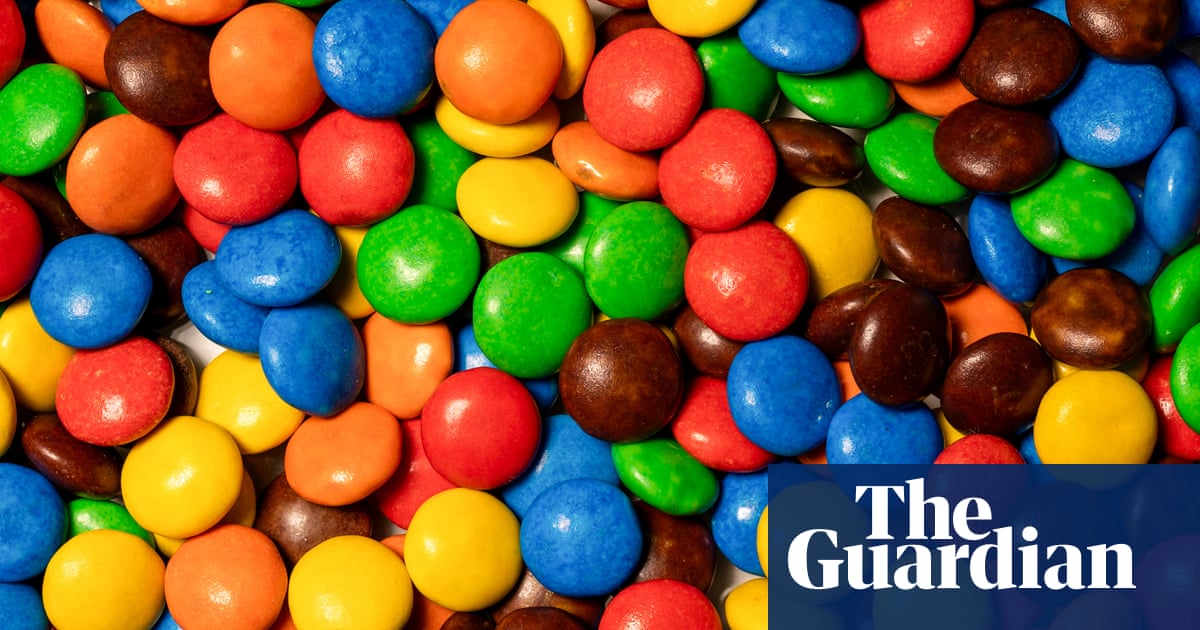
"If you look at a package of M&Ms, one of the most popular candies in the US, you'll see some familiar ingredients: sugar, skimmed milk powder, cocoa butter. But you'll see many more that aren't so recognizable: gum arabic, dextrin, carnauba wax, soya lecithin and E100. There are 34 ingredients in M&Ms, and, according to Mars, the company that produces the candy, at least 30 countries from Ivory Coast to New Zealand are involved in supplying them."
"Each has its own supply chain that transforms the raw materials into ingredients cocoa into cocoa liquor, cane into sugar, petroleum into blue food dye. These ingredients then travel across the world to a central processing facility where they are combined and transformed into tiny blue, red, yellow and green chocolate gems. It's becoming better understood that food systems are a major driver of the climate crisis."
"Scientists can examine deforestation for agriculture, or the methane emissions from livestock. But the environmental impact of ultra-processed foods like M&Ms is less clear and is only now starting to come into focus. One reason they have been so difficult to assess is the very nature of UPFs: these industrially made foods include a huge number of ingredients and processes to put them together, making it nearly impossible to track."
M&Ms contain 34 ingredients supplied by at least 30 countries, each with its own supply chain. Raw materials are transformed into ingredients—cocoa into cocoa liquor, cane into sugar, petroleum into blue food dye—then transported to a central processing facility for final manufacture. Food systems are major drivers of the climate crisis through deforestation and livestock methane emissions. The environmental impact of ultra-processed foods (UPFs) remains less clear and is only beginning to be assessed. UPFs include numerous ingredients and industrial processes, making environmental tracking nearly impossible. UPFs now comprise 70% of food sold in US grocery stores and provide over half of consumed calories, so understanding their environmental toll is critical for a climate-friendly food system.
Read at www.theguardian.com
Unable to calculate read time
Collection
[
|
...
]